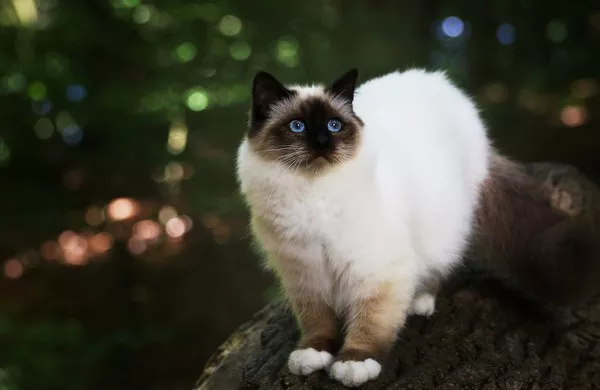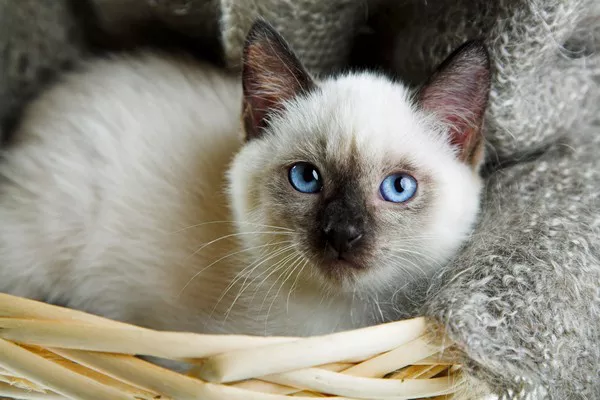Himalayan cats, also known as “Himmies,” are a popular breed renowned for their striking appearance and sweet temperament. These feline companions are known for their luxurious long hair, deep blue eyes, and distinctive color points. As with any cat owner, it’s natural to wonder when these adorable furballs reach their full size. Understanding the growth patterns of Himalayan cats can help owners provide appropriate care and ensure their beloved pets thrive throughout their lives. In this article, we will explore the various stages of growth in Himalayan cats and delve into when they typically stop growing.
1. Kittenhood: The Early Stages of Growth
Himalayan kittens are born tiny and helpless, weighing an average of 3 to 4 ounces. During the first few weeks of life, their growth is rapid, and they rely entirely on their mother for warmth, nourishment, and protection. By the end of the first month, Himalayan kittens typically double or triple their birth weight. Their eyes start to open, and they gradually develop coordination and motor skills.
2. Rapid Growth Phase: Developmental Milestones
Between the ages of two to four months, Himalayan kittens experience a period of rapid growth. During this time, they exhibit greater independence and curiosity. They become more playful, exploring their surroundings with increased confidence. Their appetite also grows significantly as they require more energy to support their development. It’s crucial to provide them with a balanced diet rich in essential nutrients and consult a veterinarian for guidance on proper nutrition.
3. Adolescence: Physical and Sexual Maturity
Around six months of age, Himalayan cats enter adolescence, which marks a critical stage in their growth. During this phase, they undergo significant physical changes. Their bones continue to develop, and their muscles strengthen. Male cats may experience a growth spurt and become larger than females. This period is also when their sexual maturity begins to emerge. It’s essential to consider spaying or neutering your Himalayan cat during this time to prevent unwanted pregnancies and reduce the risk of certain health issues.
4. Full Growth: Reaching Adult Size
The exact age at which Himalayan cats reach their full size can vary. On average, most Himalayans stop growing between one and two years of age. However, some individuals may continue to develop slowly until they are three years old. Factors such as genetics, nutrition, and overall health can influence the growth rate of Himalayan cats. It’s important to note that while their bodies may have stopped growing, their personalities and behavior will continue to evolve over time.
5. Maintaining Optimal Health and Well-being
To ensure your Himalayan cat reaches its full potential and enjoys a healthy life, there are several key considerations to keep in mind:
Balanced Diet: Providing a high-quality, well-balanced diet is crucial for supporting proper growth and overall health. Consult with your veterinarian to determine the appropriate diet and feeding schedule for your Himalayan cat.
Regular Veterinary Care: Schedule regular check-ups with a veterinarian to monitor your cat’s growth, address any health concerns, and receive vaccinations and preventive treatments.
Exercise and Mental Stimulation: Engage your Himalayan cat in daily play sessions and provide toys and scratching posts to keep them physically active and mentally stimulated.
Grooming: Due to their long fur, Himalayan cats require regular grooming to prevent matting and maintain a healthy coat. Brush their fur daily to remove tangles and minimize shedding.
Conclusion:
Himalayan cats go through distinct stages of growth, from tiny kittens to majestic adults. While they experience rapid growth in their early months, they typically reach their full size by one to two years of age. Understanding the growth patterns of Himalayan cats allows owners to provide appropriate care and ensure their feline friends thrive physically and emotionally. By providing a nourishing diet, regular veterinary care, ample exercise and mental stimulation, and proper grooming, you can contribute to the long and happy life of your Himalayan companion.


























